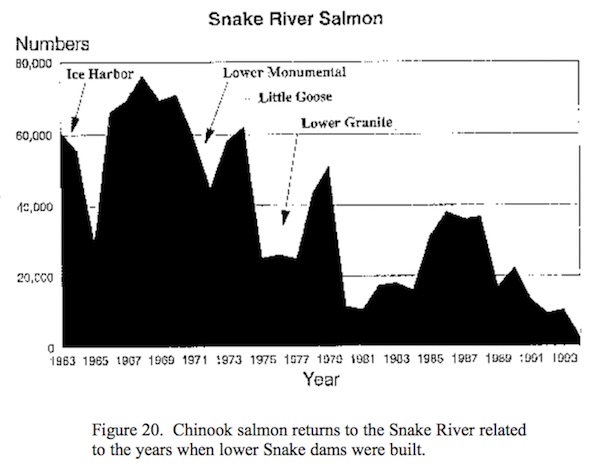forum
library
tutorial
contact

What Not to Wear: California Energy Policy
is an Ill-Fitting Option for Idaho, Northwest
by Kurt Miller
Idaho Statesman, September 23, 2021
|
the film forum library tutorial contact |

|
What Not to Wear: California Energy Policy
by Kurt Miller
|
 I was born in California in 1969, but we moved to Grants Pass, Oregon, when I was 4 years old. At the time, all I understood was that we were moving away from Disneyland. The thought was nearly impossible to comprehend.
I was born in California in 1969, but we moved to Grants Pass, Oregon, when I was 4 years old. At the time, all I understood was that we were moving away from Disneyland. The thought was nearly impossible to comprehend.
Of course, that was well before my young mind had envisioned a long career in energy. It's only after those many years of experience that I was able to call out the negative consequences California's energy policy would take in 2020.
Ironically, for a state that sets policies it expects the rest of the nation to follow, California has firmly established itself as the energy policy version of "What Not to Wear," the popular TV show where fashionistas hijack style-challenged participants.
California has established one of the most aggressive renewable energy mandates in the nation, being first to mandate a zero-carbon grid by 2045, a laudable goal given the climate crisis.
However, the state also chose to shutter its nuclear power plants. The San Onofre plant closed in 2012, and Diablo Canyon is set to shut down completely by 2025, literally taking thousands of megawatts of zero-carbon energy off the grid.
These aren't just carbon-free megawatts, either. They are also "dispatchable" generation -- energy you can call upon anytime of the day or night, under virtually any weather condition.
California is now in a tight spot because when the sun sets every evening, its vast solar power fleet shuts down nearly in unison without sufficient dispatchable resources or energy to fill in the gaps. This problem has been aggravated by a multi-year megadrought across California and Nevada that has diminished those states' hydropower resources.
Last summer, California purposely blacked out homes and businesses on a rotating basis to avoid uncontrolled blackouts across the entire Western grid. These were the first rolling blackouts California initiated since the Western Energy Crisis of 2000-01.
As fall approaches, California finds itself in the unenviable position of threatening blackouts for its residents once again. Last week, state officials asked the federal government to declare an electric reliability emergency so the state can exceed its pollution limits in an effort to avoid blackouts.
Gov. Gavin Newsom also loosened pollution restrictions, announcing that industrial energy users may use diesel-fueled generators and engines to meet their energy needs.
Meanwhile, Californians are buying up gasoline-powered generators to make sure they can supply their own homes, threatening to add significantly to the state's air quality challenges.
We need to decarbonize our grid and our economy, but we must do so prudently. Eliminating carbon-free, dispatchable resources only digs a deeper hole from which we will need to extricate ourselves.
It actually digs two holes -- one for our decarbonization efforts and one for our public health and safety. As Newsom stated in regard to the serious nature of the blackout threat, "I find that conditions of extreme peril to the safety of persons and property exist throughout California due to the combined effects of drought, wildfire and extreme heat on the state's energy system."
Fortunately, in the Pacific Northwest the effects of climate change are not expected to diminish our hydropower system.
However, our elected officials in this region seem bent on following California's deeply flawed path. Oregon Gov. Kate Brown repeatedly calls for breaching the Lower Snake River dams, which produce as much power as a large nuclear power plant, even as she touts her plans to beat California to a zero-carbon grid by 2040.
In Washington state, Gov. Jay Inslee has more recently leaned toward dam breaching in his public comments, despite his state's plan to achieve a zero-carbon grid by 2045.
The problem for us is that the electric grid doesn't run on pixie dust or according to the laws of California; it runs according to the laws of physics.
If elected leaders in the Northwest try on California's contradictory energy policies, we will be the ones left wearing the heavy impact of their ill-fitting choices long after they leave office.
learn more on topics covered in the film
see the video
read the script
learn the songs
discussion forum
